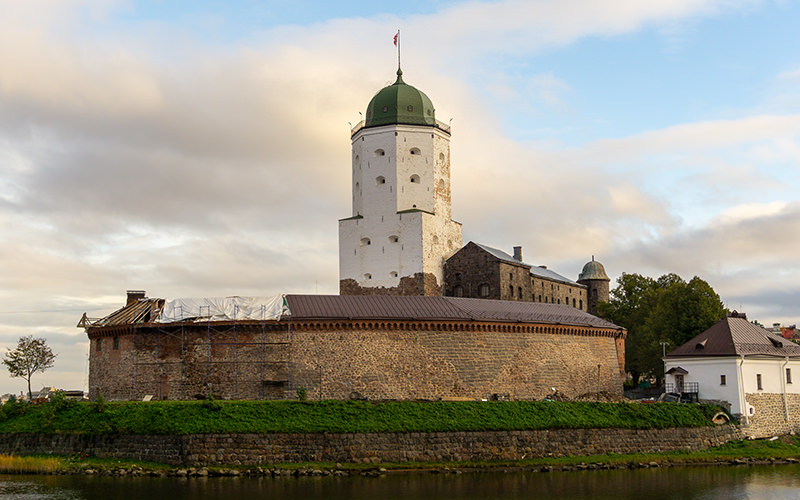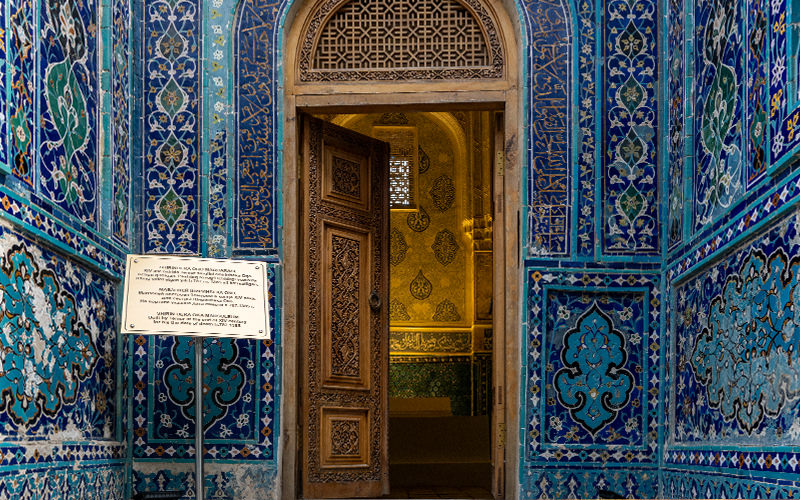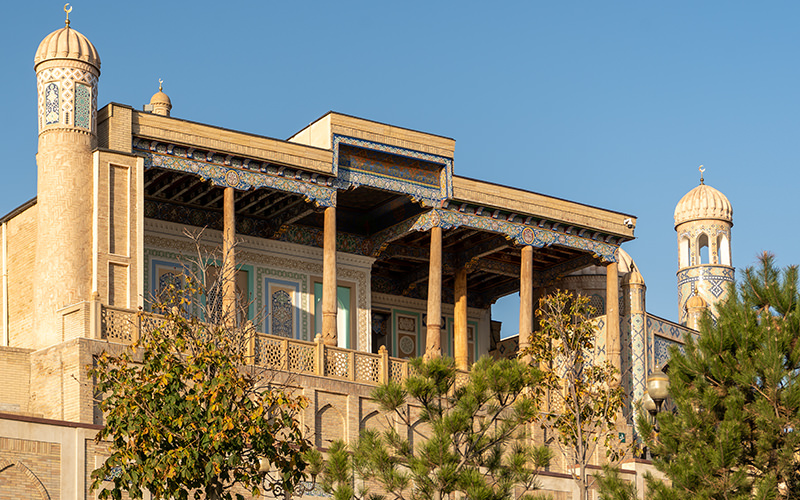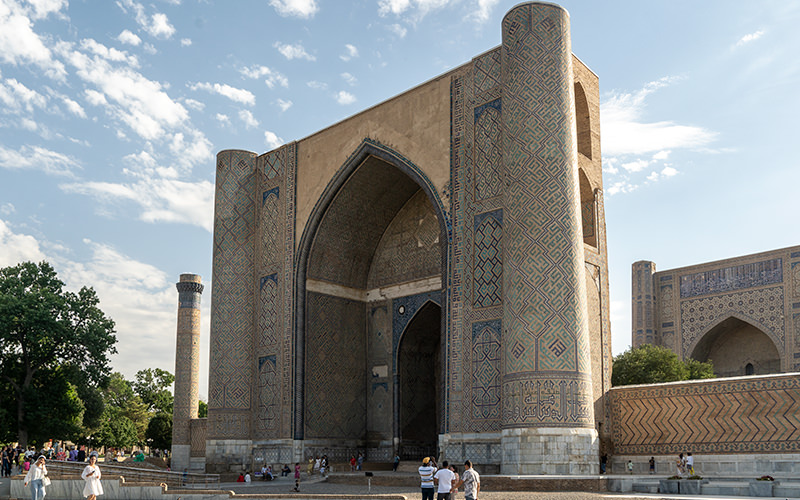During my second trip to Samarkand, I decided to visit the Ulugh Beg Observatory. This ancient structure, now a tourist site, lies in the city’s northeastern part. While I wouldn’t recommend it for first-time visitors still exploring Samarkand’s main attractions, like Registan or Shah-i-Zinda, it’s certainly worth a look for those seeking something unique.
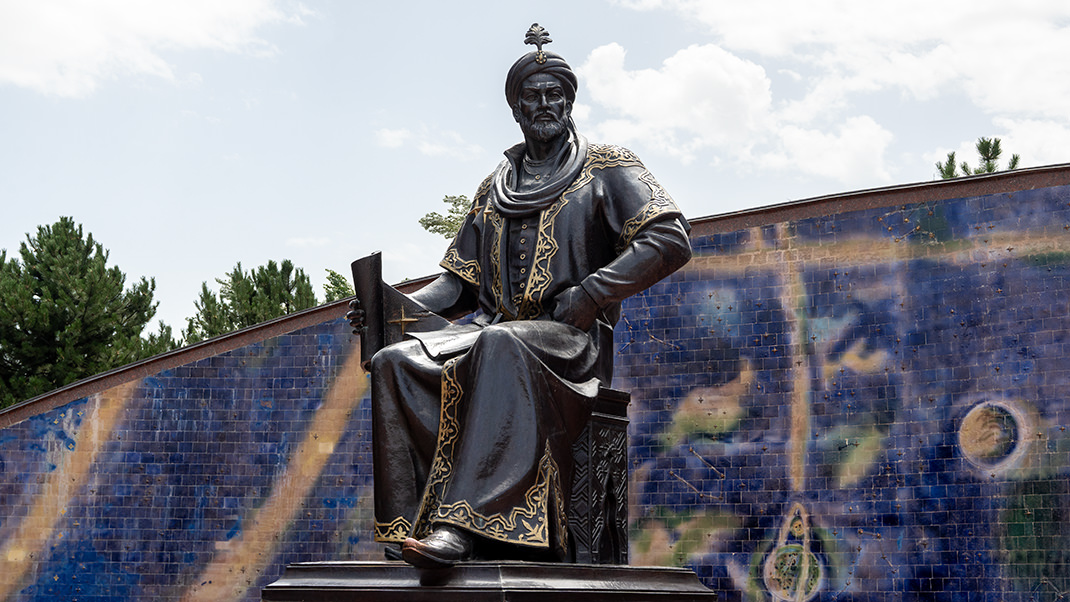
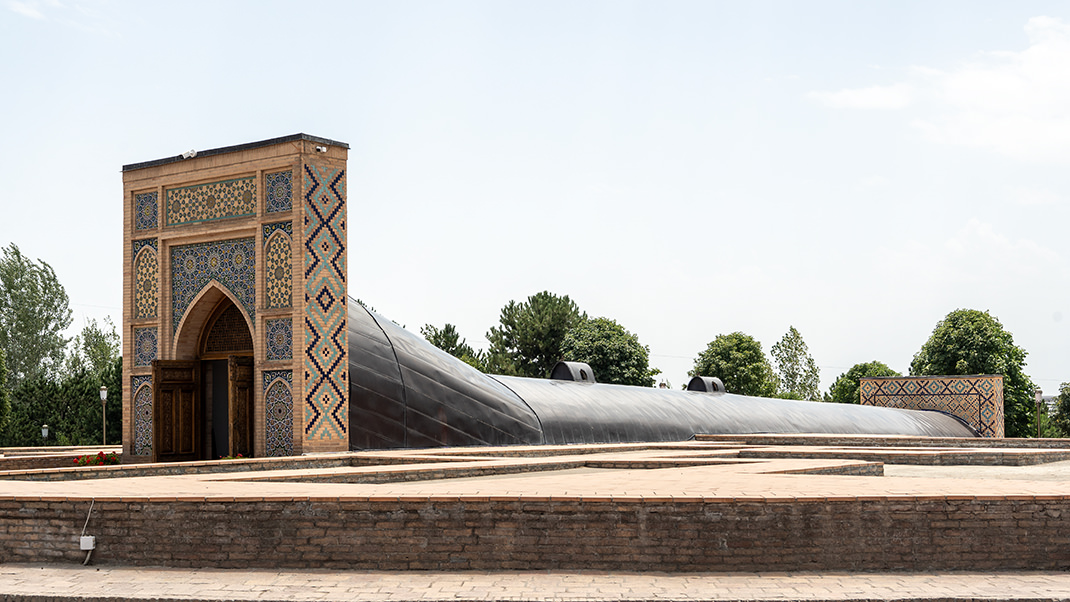
History of Ulugh Beg Observatory
The Ulugh Beg Observatory is considered one of the largest historical observatories in the East. Contemporary accounts describe the complex as a 30-meter-tall cylindrical structure with a 46-meter diameter, housing an enormous celestial observation instrument. Scholars are divided on its exact type—some believe it was a sextant, others a quadrant. For non-astronomers, though, such nuances may not matter as much.
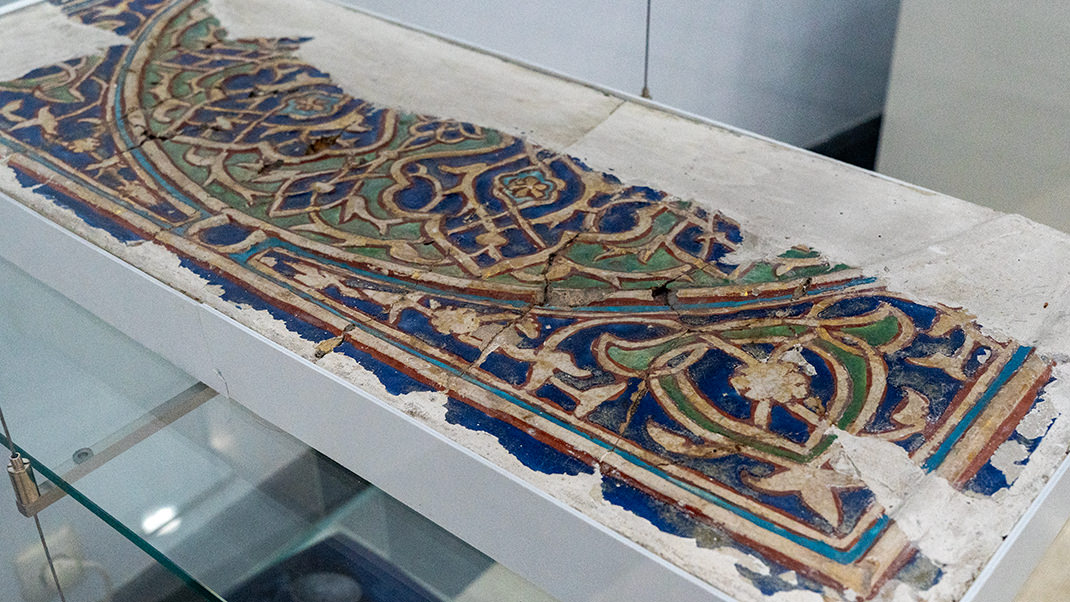

Ulugh Beg, the observatory’s founder and ruler of Samarkand, was deeply passionate about science, fostering an intellectual environment in his cities and attracting scholars. Ulugh Beg, a grandson of Amir Timur (Tamerlane), is still honored in Uzbekistan, with districts and streets bearing his name, such as Mirzo Ulughbek in Tashkent.

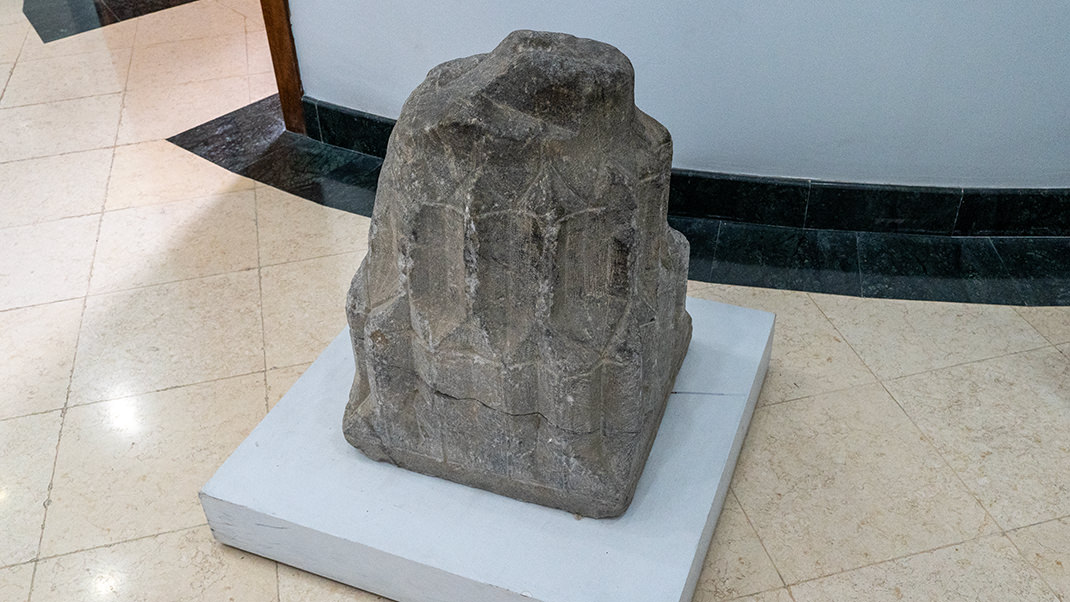
The observatory was constructed in 1428–1429, and observations there continued for about three decades, producing a catalog of 1,018 stars known as the Zij-i Sultani or Gurgan’s Tables.
After Ulugh Beg’s death, the observatory was looted and demolished, and a mausoleum was later built on the site. This was reportedly done by local clergy seeking to erase Ulugh Beg’s memory.
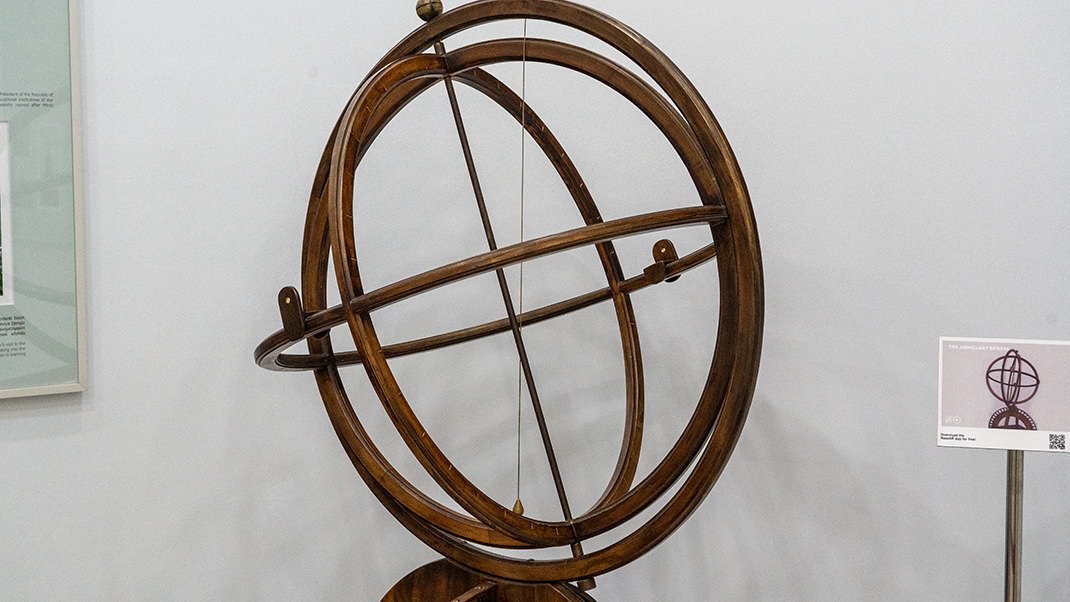
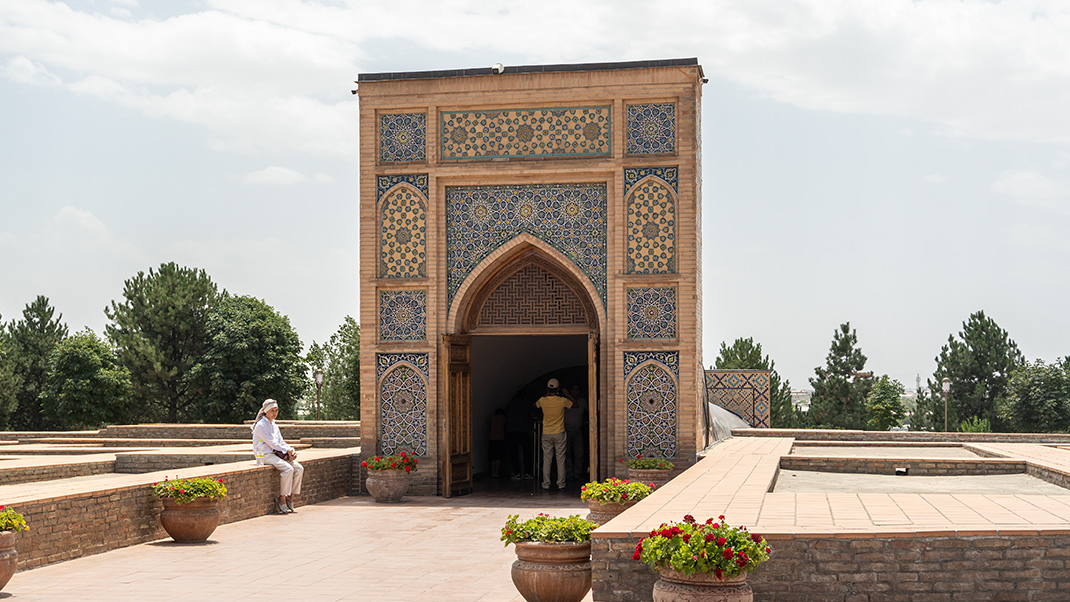
For years, the observatory’s exact location remained unknown until 1908 when Samarkand archaeologist V.L. Vyatkin discovered its remains. His burial site now lies within the complex grounds.
The observatory may not be ideal for newcomers to Samarkand, as I’ve often heard disappointed remarks from travelers expecting a large, expansive site. The complex is quite small, featuring a pavilion with remnants of the observation instrument and a one-story museum.
Getting to Ulugh Beg Observatory
The observatory is relatively distant from the city's main attractions, so a taxi, which is quite affordable in Samarkand, is the best way to reach it. Admission in summer 2024 was 40,000 Uzbek soms.
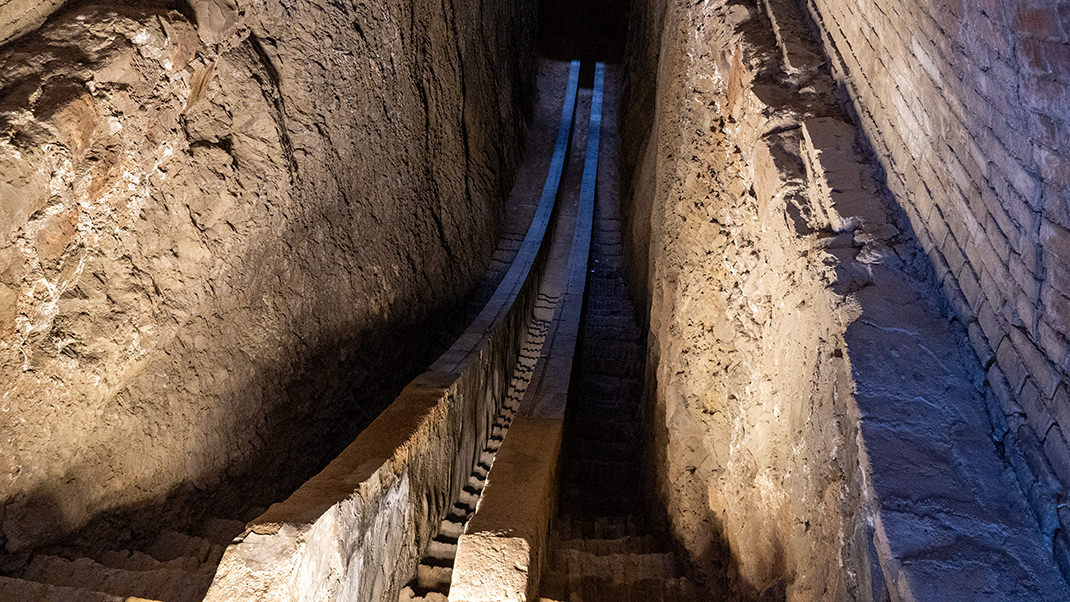
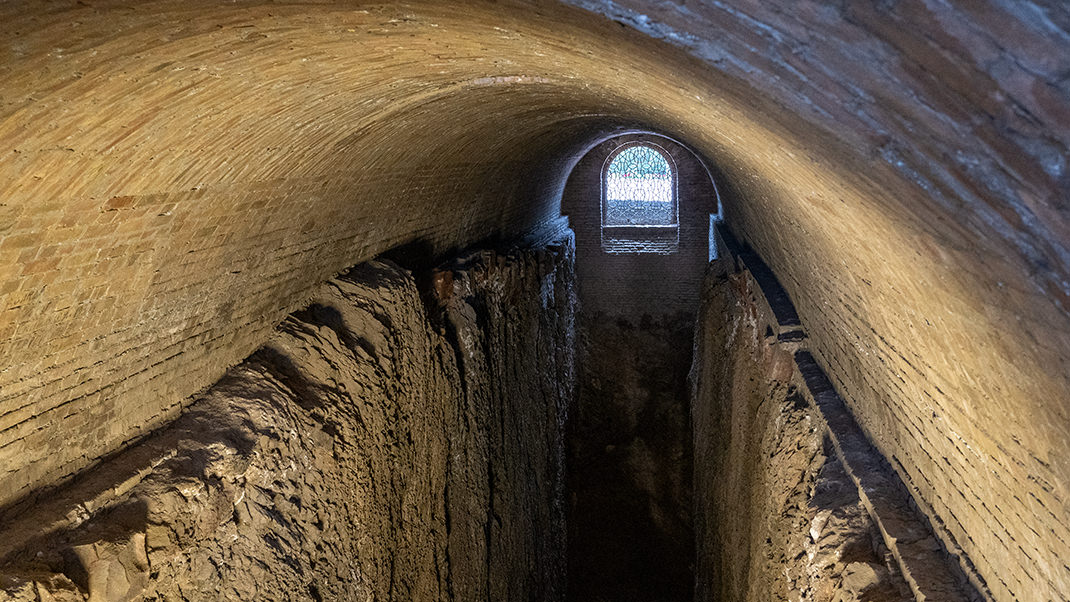
After visiting the observatory, we took a second trip to Shah-i-Zinda, a 30-minute walk from the observatory.
Have a nice trip!




